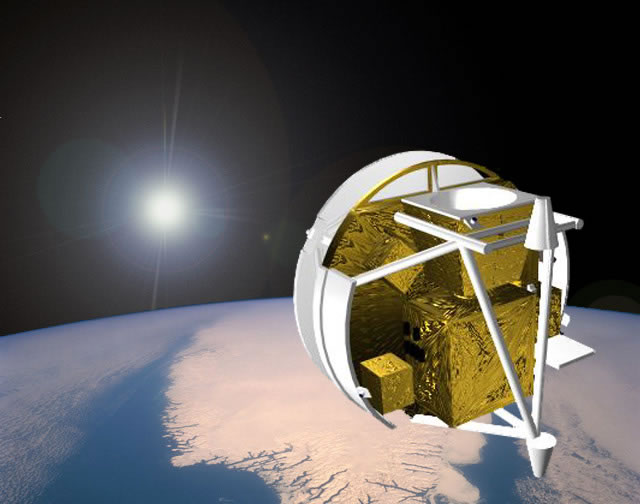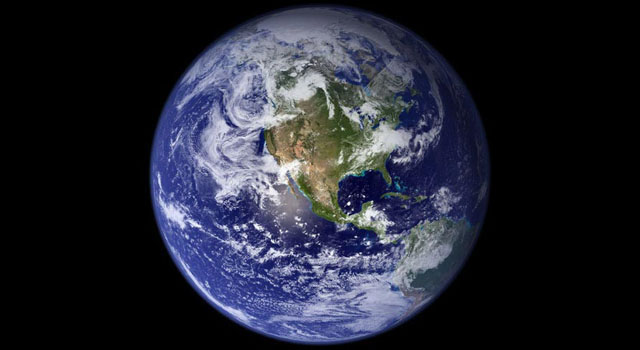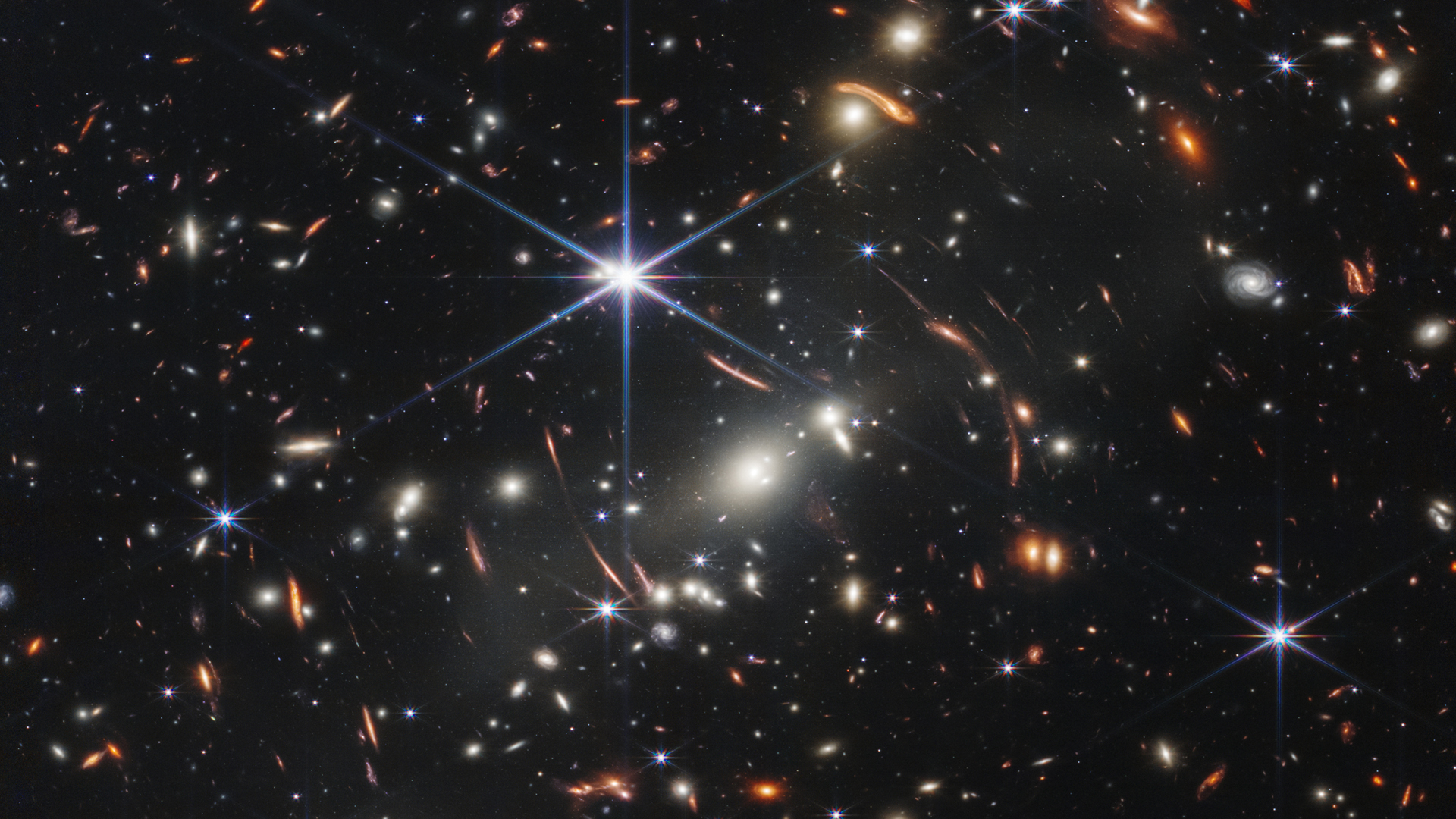Global Warming Cause Felt by Satellites and Space Junk

Rising carbon dioxide levels at the edge of space are apparently reducing the pull that Earth's atmosphere has on satellites and space junk, researchers say.
The findings suggest that manmade increases in carbon dioxide might be having effects on the Earth that are larger than expected, scientists added.
In the layers of atmosphere closest to Earth, carbon dioxide is a greenhouse gas, trapping heat from the sun. Rising levels of carbon dioxide due to human activity are leading to global warming of Earth's surface.
However, in the highest reaches of the atmosphere, carbon dioxide can actually have a cooling effect. The main effects of carbon dioxide up there come from its collisions with oxygen atoms. These impacts excite carbon dioxide molecules, making them radiate heat. The density of carbon dioxide is too thin above altitudes of about 30 miles (50 kilometers) for the molecules to recapture this heat, which means it mostly escapes to space, chilling the outermost atmosphere. [Earth's Atmosphere from Top to Bottom (Infographic)]
Cooling the upper atmosphere causes it to contract, exerting less drag on satellites. Atmospheric drag can have catastrophic effects on items in space — for instance, greater-than-expected solar activity heated the outer atmosphere, increasing drag on Skylab, the first U.S. space station, causing it to crash back to Earth.
To see if the recent surge in carbon dioxide has made its way to the uppermost atmosphere, researchers analyzed changes in carbon dioxide concentrations at an altitude of about 60 miles (100 km) between 2004 and 2012 using the Atmospheric Chemistry Experiment Fourier Transform Spectrometer onboard the Canadian SCISAT-1 satellite. Since ultraviolet radiation from the sun can break carbon dioxide into carbon monoxide and oxygen, the investigators also looked at carbon monoxide levels to get a better picture of what average carbon dioxide levels were over time, since levels of solar radiation can vary from year to year.
Current levels of carbon dioxide are about 225 parts per million at an altitude of about 60 miles (100 km), compared to the 390 parts per million concentration seen in the troposphere, the level of the atmosphere closest to Earth's surface.
Breaking space news, the latest updates on rocket launches, skywatching events and more!
"We now have direct evidence that a major driver of upper atmospheric climate is changing," study lead author John Emmert, an upper atmospheric physicist at the Naval Research Laboratory in Washington, D.C., told SPACE.com.
This increase is 10 parts per million per decade faster than predicted by models of the upper atmosphere. Launching rockets into orbit does add carbon dioxide to the atmosphere, but the scientists calculated that such launches would have deposited only about 2,700 metric tons of carbon into the upper atmosphere between 2004 and 2012, while levels of COx apparently rose by about 20,000 metric tons in the upper atmosphere during that time.
Instead, the researchers suggest this increase was due to an unexpectedly large amount of mixing and circulation between the upper and lower layers of the atmosphere. The investigators also noted this rise in carbon dioxide levels in the upper atmosphere might explain the surprising reduction they have seen in atmospheric drag on satellites and space debris.
"The next challenge is to understand why the observed carbon dioxide trends are bigger than expected," Emmert said. "This requires the application of sophisticated, whole-atmosphere models."
The scientists detailed their findings online today (Nov. 11) in the journal Nature Geoscience.
Follow SPACE.com on Twitter @Spacedotcom. We're also on Facebook and Google+.

Charles Q. Choi is a contributing writer for Space.com and Live Science. He covers all things human origins and astronomy as well as physics, animals and general science topics. Charles has a Master of Arts degree from the University of Missouri-Columbia, School of Journalism and a Bachelor of Arts degree from the University of South Florida. Charles has visited every continent on Earth, drinking rancid yak butter tea in Lhasa, snorkeling with sea lions in the Galapagos and even climbing an iceberg in Antarctica. Visit him at http://www.sciwriter.us

